ZPL Fonts
What are ZPL Fonts?
ZPL, or Zebra Programming Language is a command-based language used to design and print labels—from shipping barcodes to product tags—on Zebra hardware. At the heart of any ZPL label is the font: the text styling used to display key information such as item names, addresses, part numbers, or product specs.
But ZPL fonts aren’t quite like the fonts you might use in a Word document or on a website. They operate in a more technical space—where size, positioning, and printer compatibility all play a role. Understanding how ZPL fonts work can make a big difference in how your labels print, look, and function in high-speed environments.
The Basics of ZPL Fonts
Zebra printers use bitmap and scalable fonts built into the printer’s firmware or downloaded from external sources. ZPL gives you full control over these fonts via specific commands—allowing you to define size, rotation, position, and even character spacing on a label.
The most common font command in ZPL is:
ZPL
^A
This command sets the font to be used in the label. For example:
^A0N,50,50
This tells the printer to use font 0, in normal orientation (N), with a height and width of 50 dots each. Zebra includes several fonts in their printers by default, and each is referenced by a unique character like A, B, C, etc. These are referred to as ZPL font identifiers.
Built-in Fonts
Here are a few of the standard fonts you’ll find on most Zebra printers:
- Font A – The default 9×5 font, monospaced, ideal for small labels.
- Font B – Larger and bolder than Font A.
- Font 0 (zero) – A scalable, proportionally spaced font, similar to Arial.
- Fonts E and F – OCR-A and OCR-B fonts for Optical Character Recognition.
- Fonts R and S – Specialized fonts designed to comply with international standards.
These built-in fonts live on the printer and don’t require downloading. They’re fast, efficient, and ideal for high-volume label generation, especially when speed and hardware compatibility are critical.
Downloadable Fonts
In addition to built-in fonts, Zebra printers can also use downloaded fonts. These are TrueType or OpenType fonts converted for use with Zebra hardware. This is useful when you need a custom look or branding consistency across your labels.
You can download fonts to the printer using Zebra’s Zebra Setup Utilities or manage them using software like ZebraDesigner or third-party label design tools such as MarkMagic.
When a downloadable font is used in a ZPL file, it’s often referenced by a custom name or prefix, and must be stored on the printer or on a connected memory card (e.g., E: or R: drive on the printer).
Scalable vs. Bitmapped Fonts
ZPL supports both bitmapped and scalable fonts. Bitmapped fonts are pixel-based and render at fixed sizes, while scalable fonts adjust smoothly to different sizes and orientations without losing quality.
- Bitmapped fonts print quickly but can appear jagged at large sizes.
- Scalable fonts (like Zebra’s Swiss 721) are ideal when precise scaling and rotation are needed.
Scalable fonts in ZPL are managed using the ^A@ command, which allows you to reference a downloaded scalable font directly.
Font Rotation and Positioning
ZPL allows you to rotate fonts in 90-degree increments using the second letter in the font command:
N– Normal (0°)R– Rotated (90°)I– Inverted (180°)B– Bottom-up (270°)
Example:
^A0R,30,30
Why ZPL Fonts Matter in Real-World Operations
In warehouse, manufacturing, and logistics environments, label readability is everything. The right font ensures that product names, serial numbers, expiration dates, and barcodes are legible, scannable, and properly aligned. Using the wrong font—or one that’s too small or hard to read—can result in rejected shipments, compliance violations, or scanning issues on the retailer’s end.
Here’s where font selection matters most:
- Small labels (like for electronics or pharmaceuticals) benefit from compact, monospaced fonts like Font A or B.
- Retail tags with logos or stylized brand names may require downloadable TrueType fonts.
- International shipments may need OCR-B or Unicode-capable fonts to support non-English characters.
Best Practices for Working with ZPL Fonts
- Stick with built-in fonts when speed and simplicity are your top priority.
- Test print at various sizes to ensure clarity and alignment.
- Use scalable fonts for large label sizes or when rotating text.
- Avoid unnecessary downloads to printers—too many can slow things down or run into storage limits.
- Use a label design tool to preview and manage fonts visually—without writing raw ZPL.




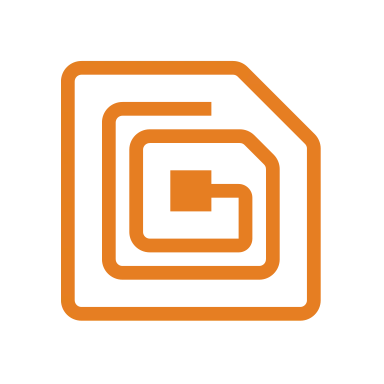
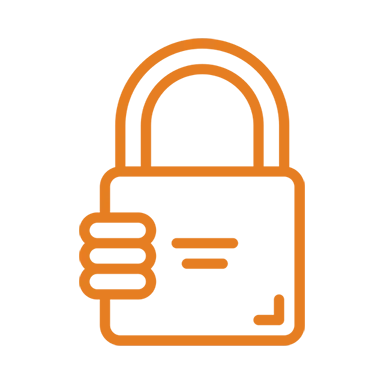
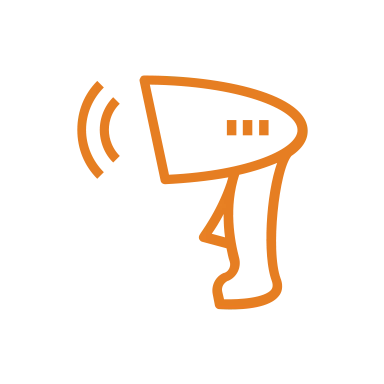
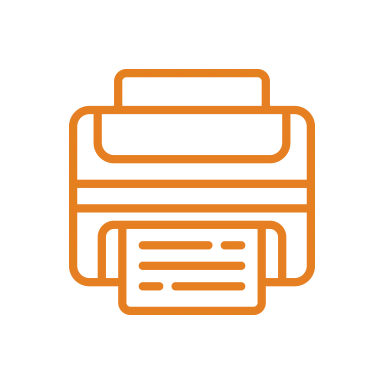
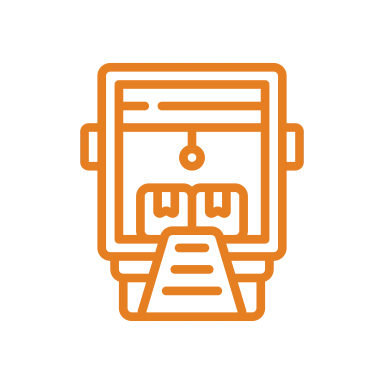
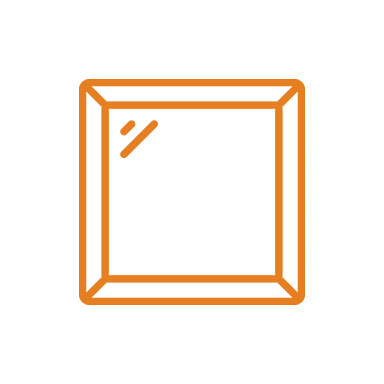
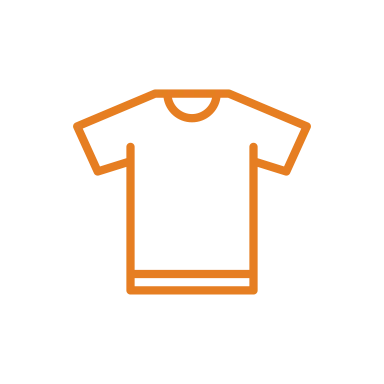
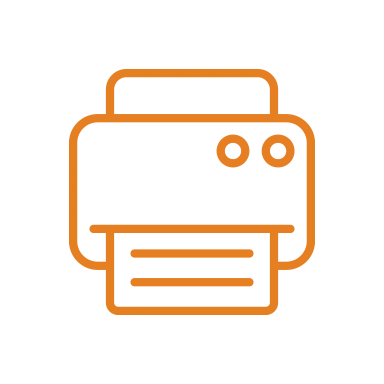
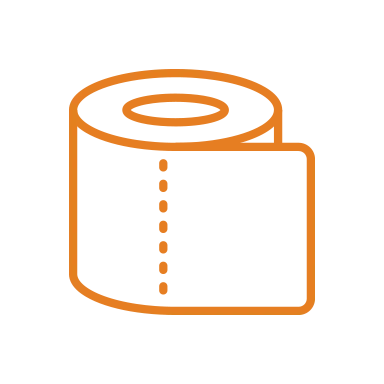


 RFID Cage
RFID Cage